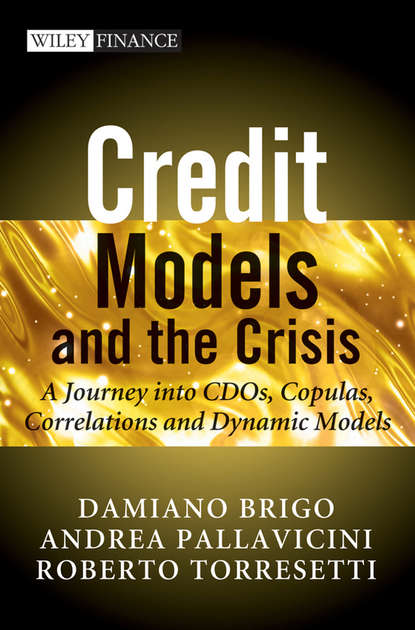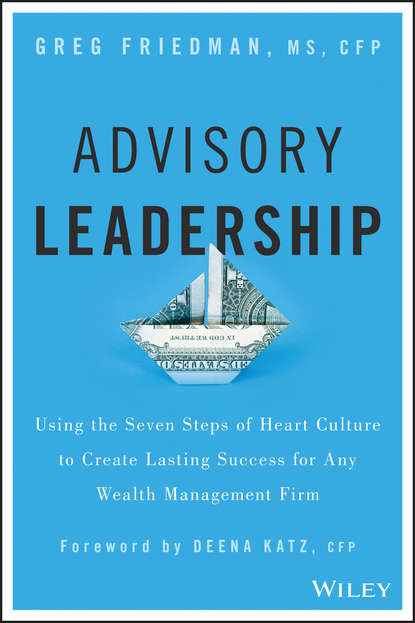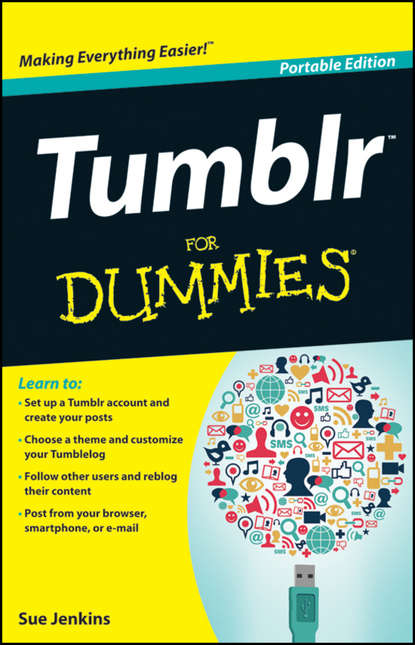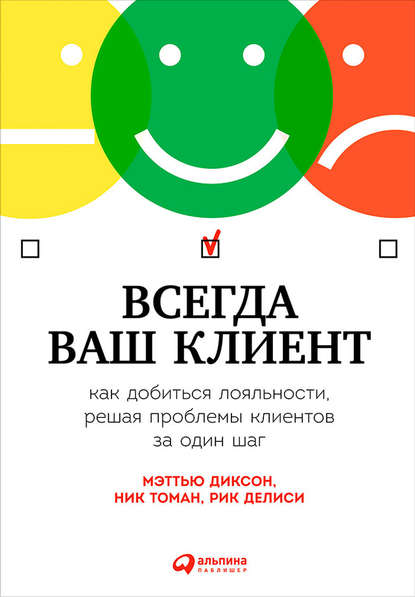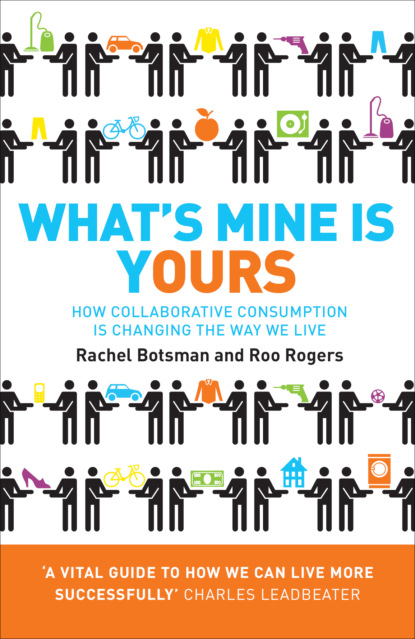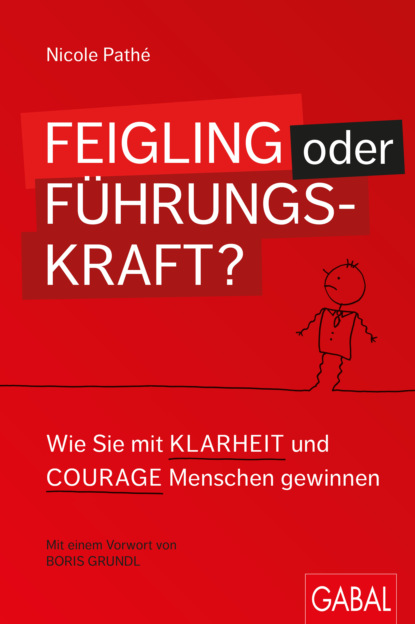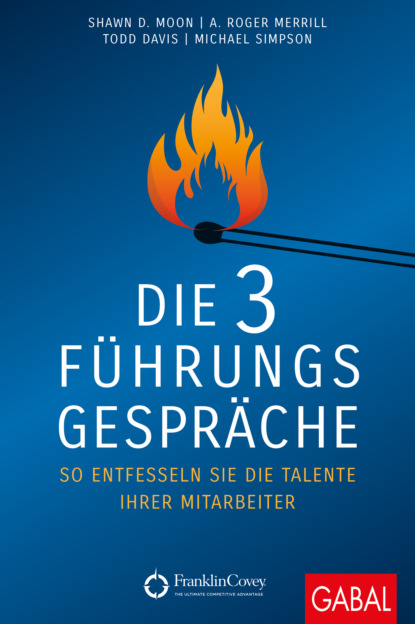Книга "Кредитные модели и кризис. Путешествие в мир CDO, копул, корреляций и динамических моделей" представляет собой технический анализ ключевых аспектов проблем моделирования кредитных деривативов, отслеживая развитие (и недостатки) новых количественных методов для кредитных деривативов и CDO до и через кризис. Авторы книги описывают влияние, преимущества и недостатки методов, начиная от введения модели Гауссовой копулы и связанных с ней подразумеваемых корреляций, заканчивая введением бесарбитражных динамических моделей потерь, способных калибровать все транши для всех сроков одновременно.
Книга также иллюстрирует подразумеваемую копулу - метод, который может последовательно учитывать CDO с разными точками присоединения и отделения, но не разные сроки, и объясняет, почему модель Гауссовой копулы все еще используется в ее базовой корреляционной формулировке. Авторы представляют данные и исторический комментарий, используя информацию до конца 2009 года. Книга является важным дополнением к современной литературе о деривативах и будет бесценным ресурсом для квантовых практиков и ученых, которые хотят разработать стабильные и функциональные модели в будущем. Книга обязательна для понимания современных финансовых моделей и проблем, связанных с оценкой рисков и управлением ими.
Эта книга посвящена моделям кредитования и кризису. Это путешествие в мир производных и корреляций. Здесь рассматривается динамика и развитие моделей. В книге вы найдете обзор кривых волатильности для различных активов, методы криптокорреляции и многое другое.
Электронная Книга «Credit Models and the Crisis. A Journey into CDOs, Copulas, Correlations and Dynamic Models» написана автором Damiano Brigo в году.
Минимальный возраст читателя: 0
Язык: Английский
ISBN: 9780470667156
Описание книги от Damiano Brigo
The recent financial crisis has highlighted the need for better valuation models and risk management procedures, better understanding of structured products, and has called into question the actions of many financial institutions. It has become commonplace to blame the inadequacy of credit risk models, claiming that the crisis was due to sophisticated and obscure products being traded, but practitioners have for a long time been aware of the dangers and limitations of credit models. It would seem that a lack of understanding of these models is the root cause of their failures but until now little analysis had been published on the subject and, when published, it had gained very limited attention. Credit Models and the Crisis is a succinct but technical analysis of the key aspects of the credit derivatives modeling problems, tracing the development (and flaws) of new quantitative methods for credit derivatives and CDOs up to and through the credit crisis. Responding to the immediate need for clarity in the market and academic research environments, this book follows the development of credit derivatives and CDOs at a technical level, analyzing the impact, strengths and weaknesses of methods ranging from the introduction of the Gaussian Copula model and the related implied correlations to the introduction of arbitrage-free dynamic loss models capable of calibrating all the tranches for all the maturities at the same time. It also illustrates the implied copula, a method that can consistently account for CDOs with different attachment and detachment points but not for different maturities, and explains why the Gaussian Copula model is still used in its base correlation formulation. The book reports both alarming pre-crisis research and market examples, as well as commentary through history, using data up to the end of 2009, making it an important addition to modern derivatives literature. With banks and regulators struggling to fully analyze at a technical level, many of the flaws in modern financial models, it will be indispensable for quantitative practitioners and academics who want to develop stable and functional models in the future.
